What Is Partial Shade for Plants? A Garden Writer Explains What This Growing Condition Really Means
If you've ever looked at a plant tag and seen it requires partial shade then wondered what exactly that means you're in the right place
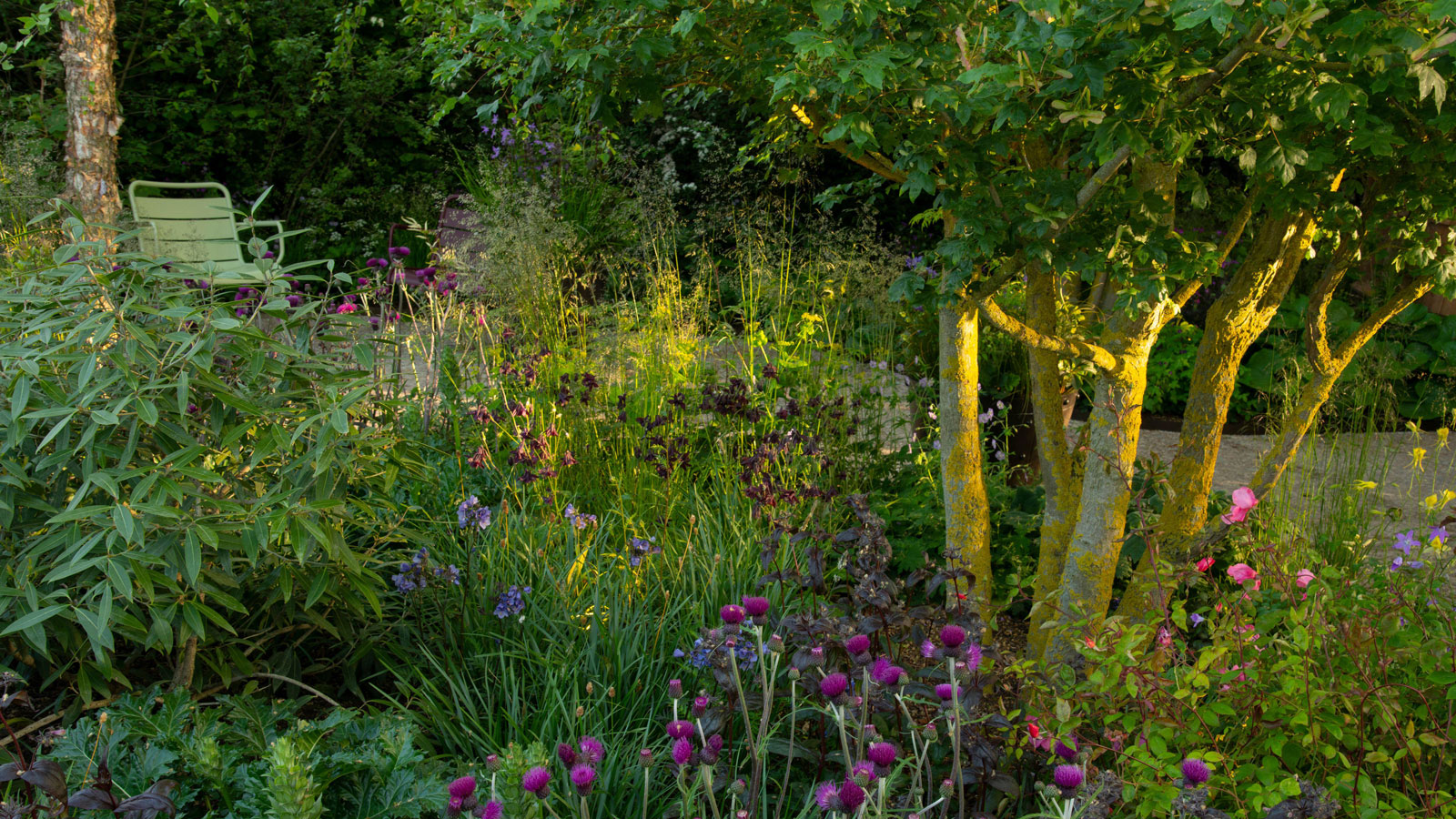
If you live in an urban area there's a good chance your garden will be in the shade thrown by the surrounding buildings for part of the day. Alternatively there might be established trees nearby that cast a shade canopy over your yard.
This generally means your garden will experience cooler morning sun and be exposed to very little or no hot afternoon sun. If this is the case you're probably aware that the term 'partial shade' applies but are a little hazy about its exact meaning.
The good news is that you can now find out how to deal with partial shade then you'll be able to take advantage of the fact that it provides the optimum growing conditions for a range of beautiful plants including ground covers, bulbs, shrubs, flowers and trees as part of your shade garden ideas to brighten up even the gloomiest of outdoor spaces.

Hostas and ferns are varieties of plant that both thrive in partial shade conditions
Why understanding light conditions is so important
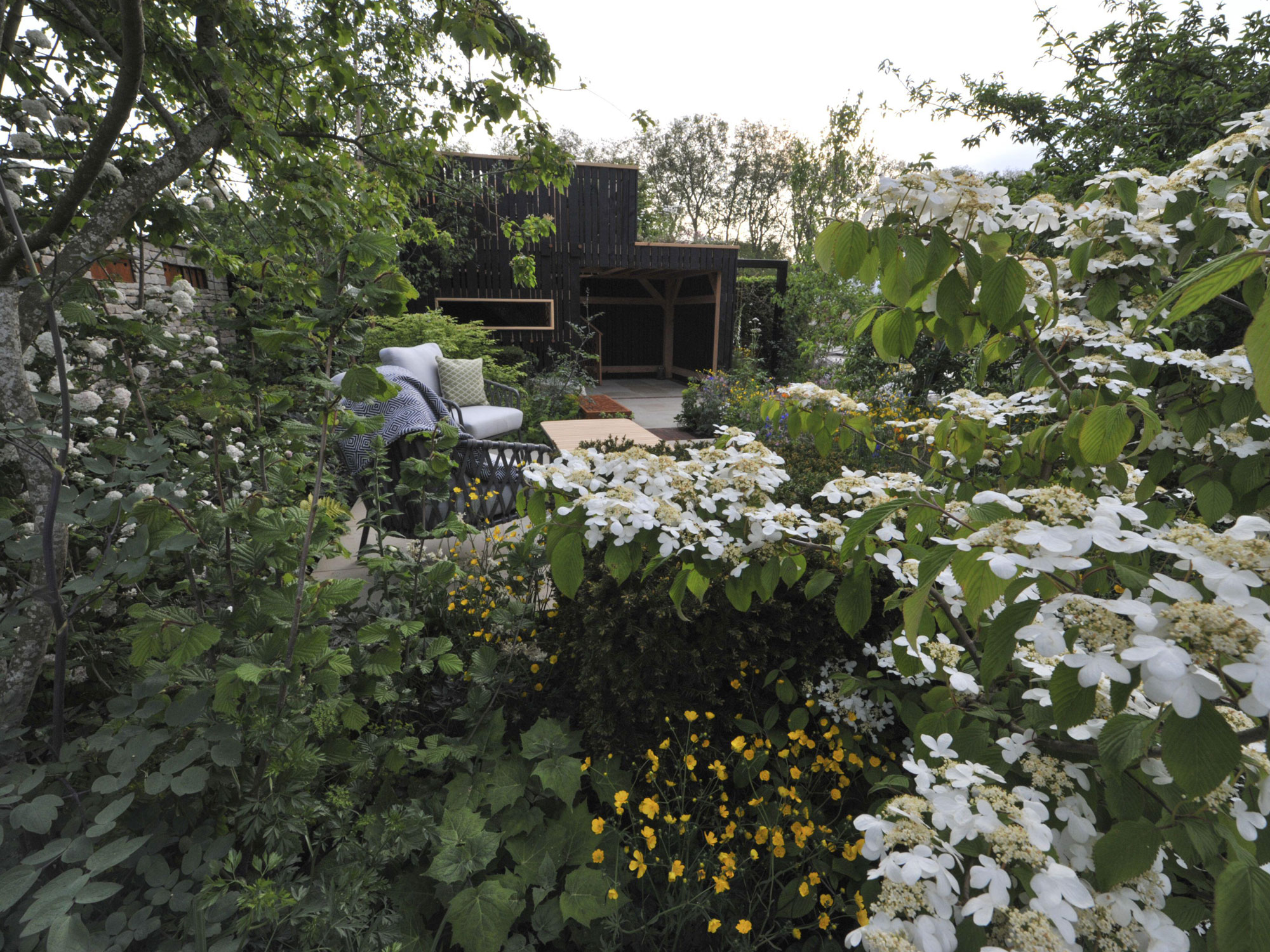
If your garden is a partially shaded situation the key to successful growing is learning to adapt to these light conditions
We all get why sunny conditions for plants are so important and it's easy to understand, but shady conditions are a little more complicated as there are so many variations on the theme, from full shade to partial shade and others in between.
"As gardeners there is a lot to know when caring for our plants," according to the expert team at Kansas State University Extension, Johnson County. "We have been told the key to success is right plant, right place. That phrase is easy to say but has a lot of elements to dissect in order to create a lush beautiful garden. Soil, water, fertility, and – maybe the most misunderstood of all – light exposure."
Understanding light exposure and sun/shade patterns is key to growing plants successfully. It means understanding the microclimates of a modern garden then finding the right plant that will thrive in the right spot. "Plants have adapted over time to favor a particular condition for best growth," say the Kansas team. "It is our challenge to mimic these conditions if we want the most from our investment."
Partial shade explained: what you need to know
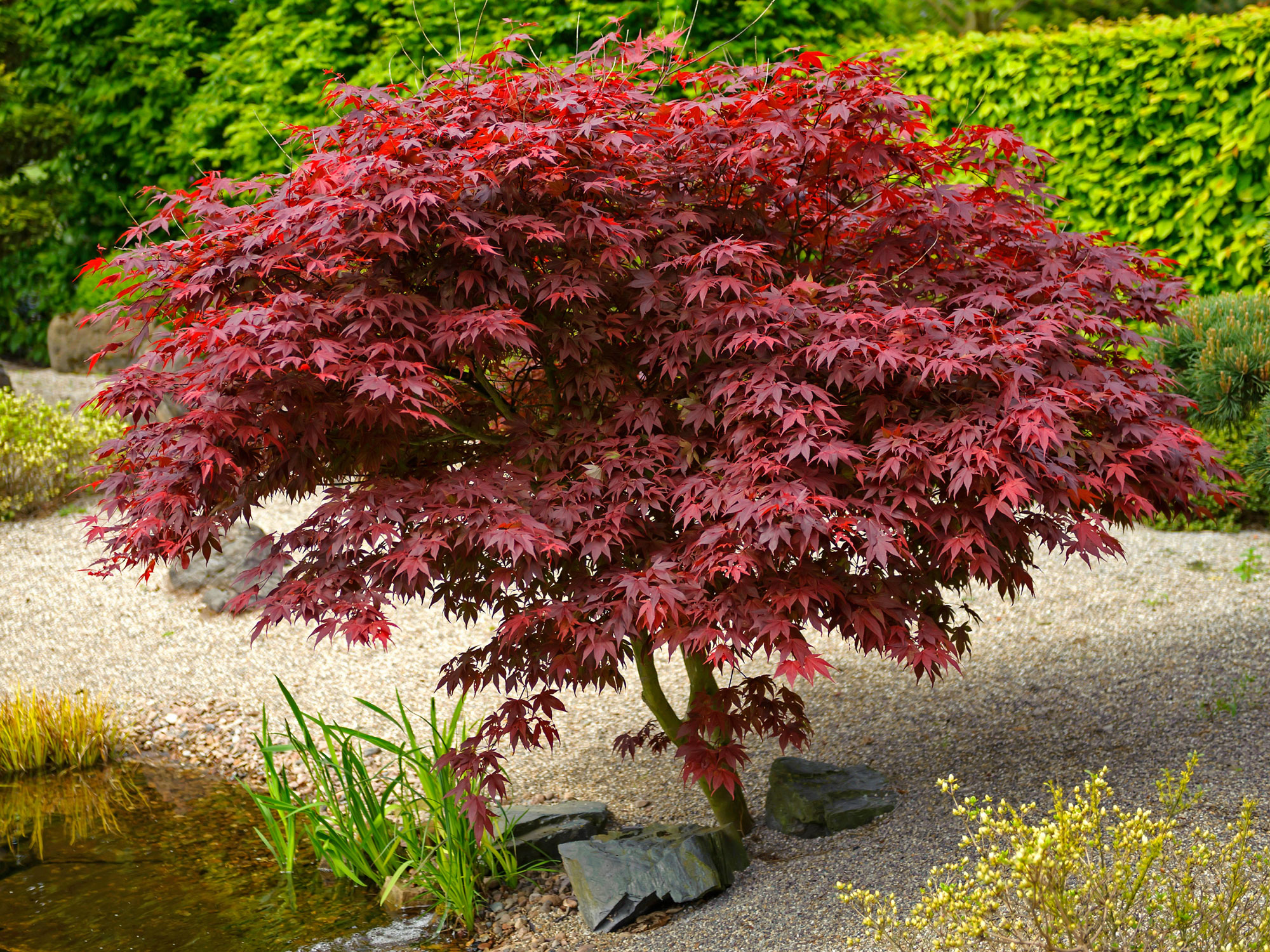
Acer palmatum 'Bloodgood' loves partial shade and grows to an eventual height of around 13 feet making it a good choice for small city gardens
According to their type, shade-loving shrubs, flowers and plants can prefer anywhere from full shade to dappled or partial shade.
Partial shade is usually defined as an area that receives direct sun every day for a few hours and is shaded for at least half the day. This means partially shaded sites receive both sun and shade at various intervals during the day. Generally plants that are shade-tolerant do well in these areas. Usually partial shade is found under trees or near buildings.
There is a difference between morning sun (not so strong) and afternoon sun (much more intense), and each of these light conditions will have a different effect on shade-loving plants. Too much afternoon sun will not be good for plants that like partial shade conditions.
Many sun loving plants will survive in partial shade but will produce less flowers as the conditions aren't ideal for them.
Plants that thrive in partial shade
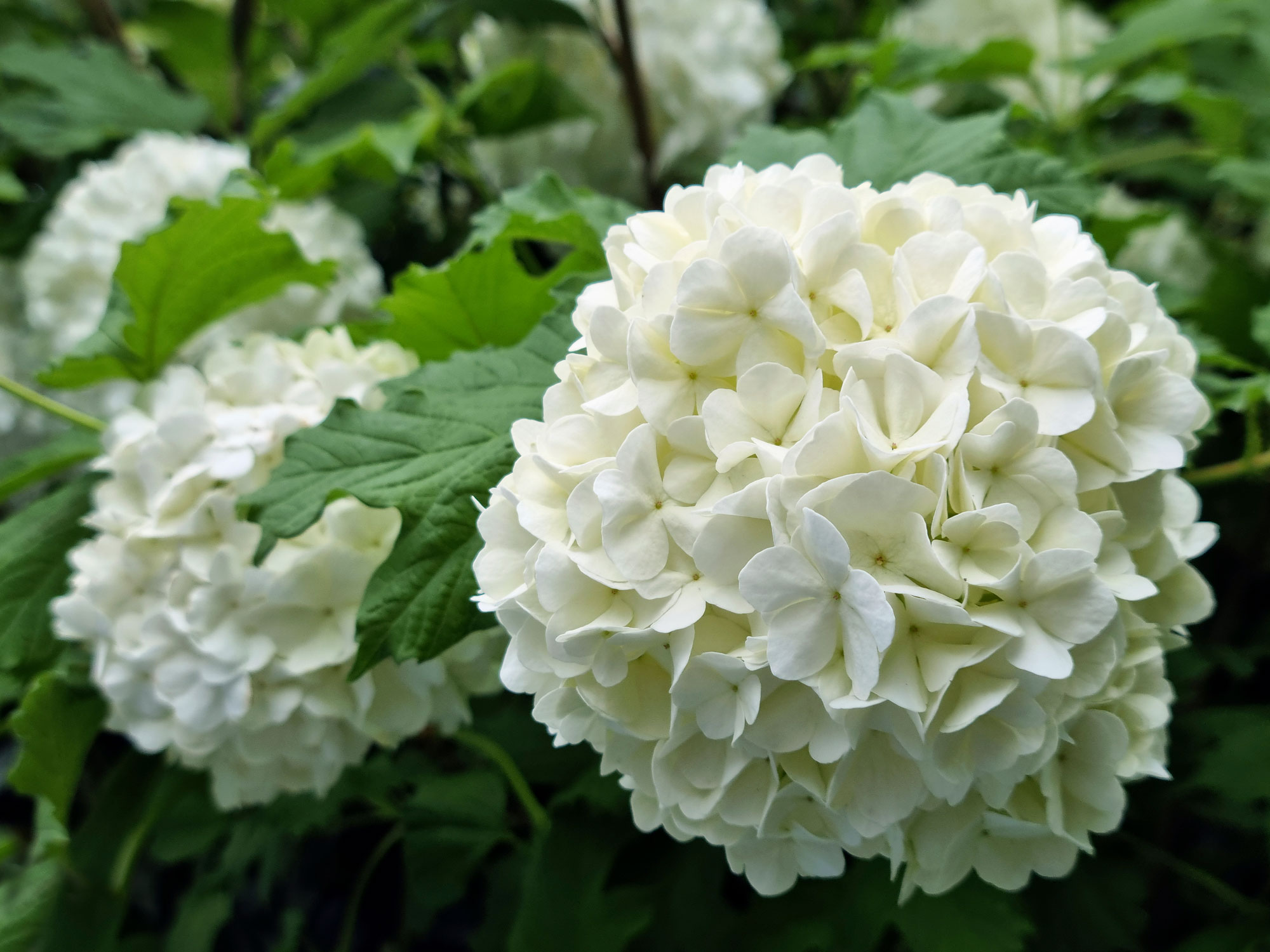
Hydrangea arborescens 'Annabelle' loves the warm morning sun, but dislikes the heat of the afternoon. The best place to plant this hydrangea shade plant is in a sheltered location that provides morning sun and afternoon shade.
Shade is often viewed as a disadvantage because it limits the choice of plants you can grow. But partial shade certainly won't hinder your growing efforts as it's good for cultivating a range of plants that enjoy a combination of some morning sun and being in the shade in the afternoon.
Flowering shrubs such as hydrangeas, azaleas and rhododendrons are partial shade loving superstars. These varieties produce plenty of blooms without needing lots of exposure to sun. They prefer cooler morning sun and dislike exposure to strong sun in the afternoon.
Woodland plants such as ferns and Solomon's seal also do well in partial shade conditions, as do perennial shade plants such as foxgloves, bleeding heart, lady's mantle and lily turf.
Meanwhile don't miss the best flowering bulbs and tubers for shady back yards and be sure to plant them in generous drifts to create a real feature. The good news is, if your growing space is limited to a shady courtyard or overlooked balcony garden bulbs work well in containers too.

Price: $22.95
Size: 1 quart
This classic Hydrangea plant is an ideal choice for partial shade.
Planting trees for partial shade situations
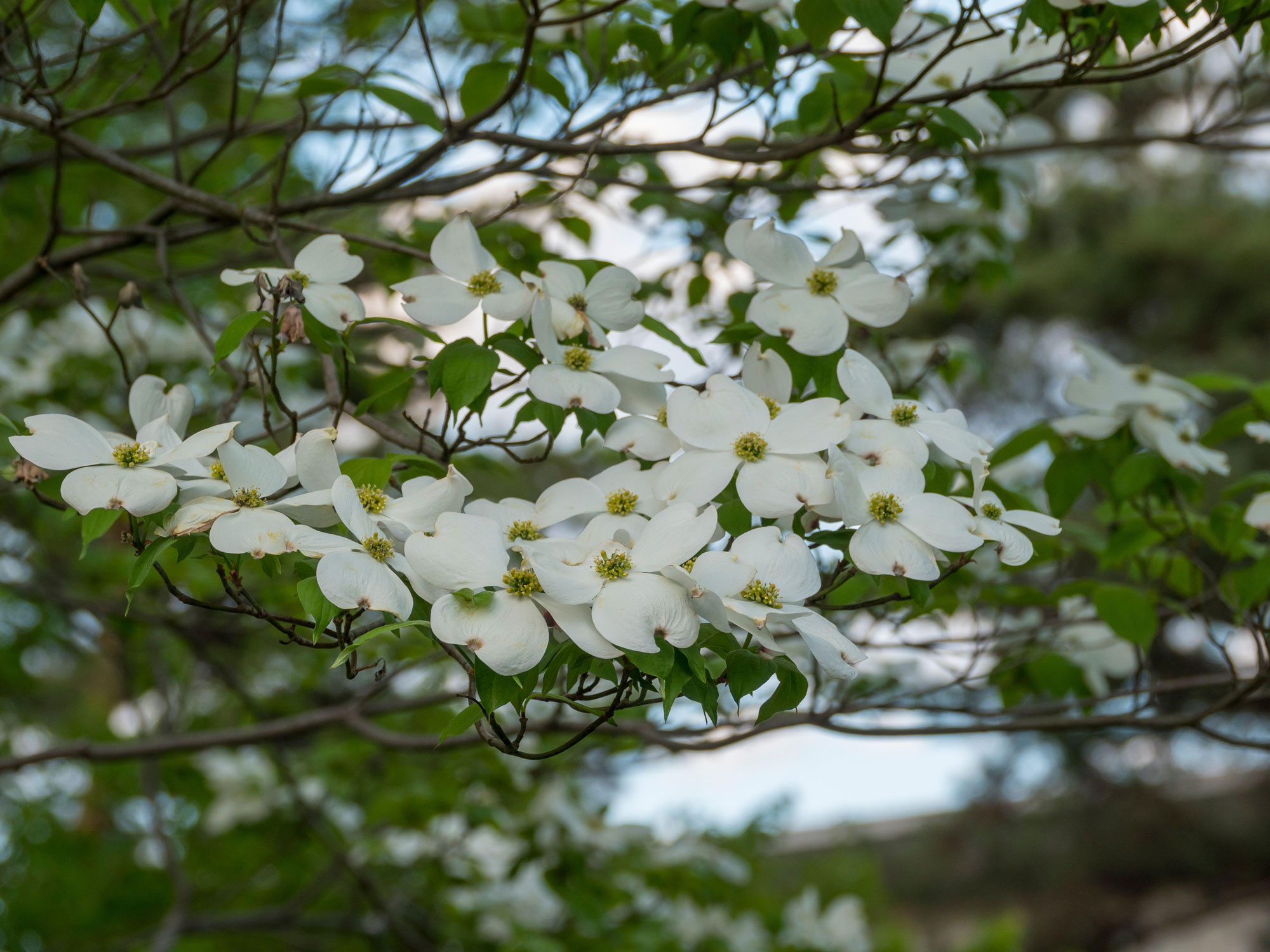
A flowering dogwood tree is a beautiful addition to a partial shade garden. It just might have less flowers than if it was planted in a sunnier location
There are plenty of trees and tall shade plants to choose from that have adapted to grow in partial shade. Japanese maples and dogwoods are two of our favorites for situations like this as they don't grow massively tall so will suit smaller urban yards. The fall color of Japanese maples can be less spectacular if they get too much shade, while dogwoods might have less flowers but this is a small price to pay if you want to add a beautiful tree to your yard.
There are always feel good benefits from planting trees too. 'You can use trees to create spaces for moments of relaxation away from the summer heat,' says Ryan McEnaney, a plantsman, designer and communicator for all things green and gardening, and author of Field Guide to Outside Style: Design & Plant Your Perfect Outdoor Space. 'You're reducing your net carbon footprint by planting trees and seeing some tangible benefit to your lifestyle. There are now compact varieties available to allow shade trees a place in the suburban or urban home garden.'
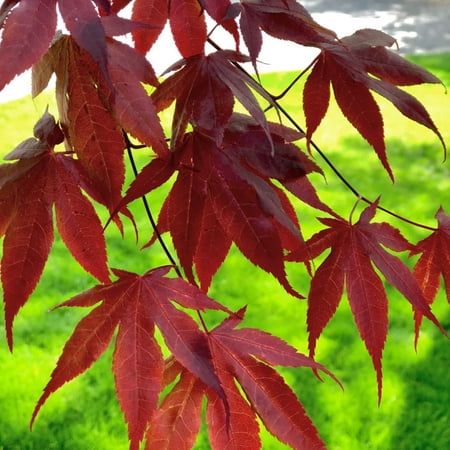
Price: $17.95
Quantity: 1 ABP pot
This Japanese maple likes dappled shade, and may even get leaf scorch in too sunny conditions.
How is dappled shade different from partial shade?
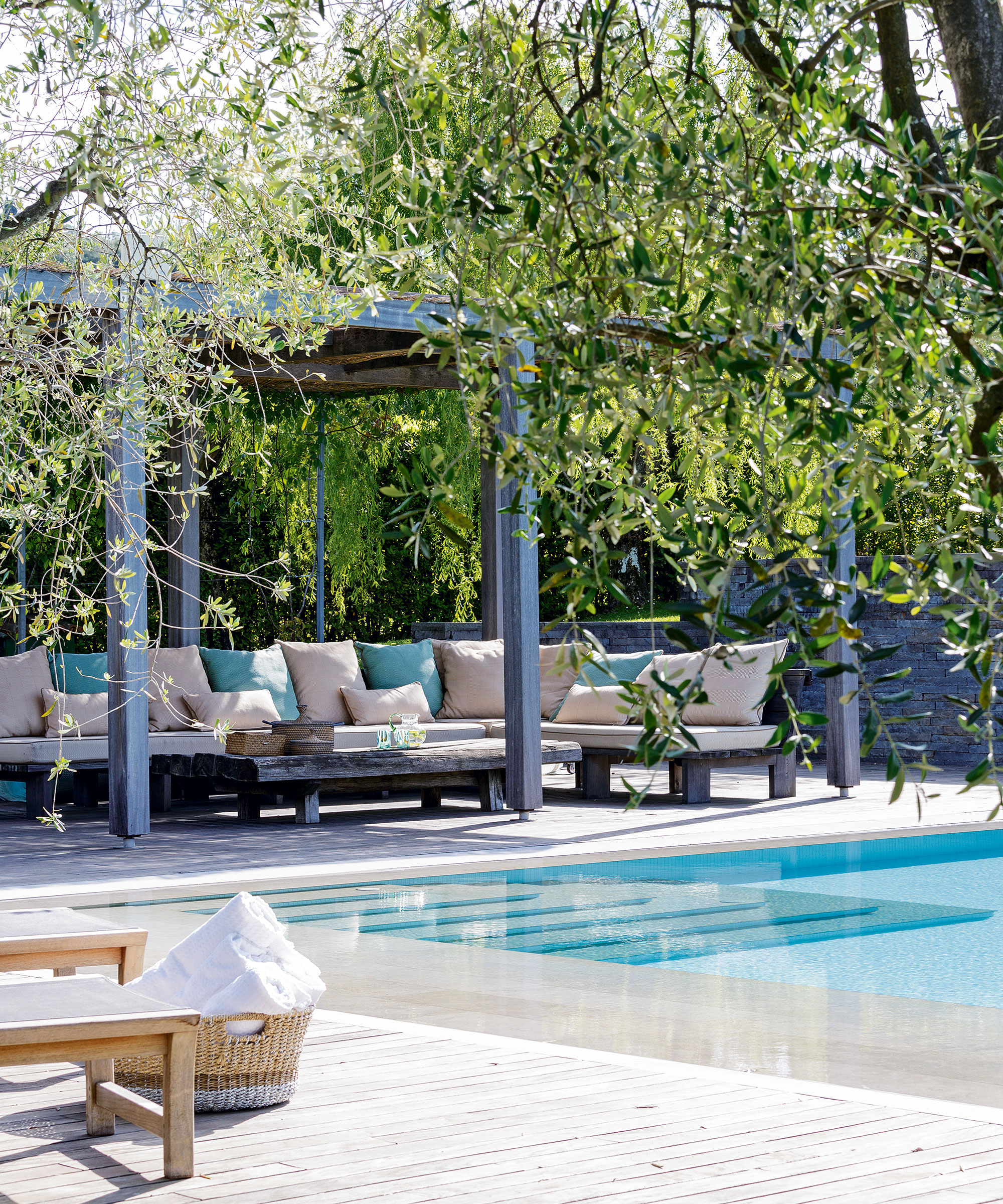
This is a dreamy dappled spot
With dappled shade the area of garden in question receives more sun than shade. The shade that results is usually cast by tree branches or shrubbery, which creates changing patterns of light throughout the day as the sun moves round. This creates a charming dappled effect.
'Filtered or dappled shade gets five hours or more of indirect or diffused light,' says planting design specialist and shade garden expert Susanna Grant, author of Shade. 'This could be sunlight passing through some kind of overhead structure, such as a plant-covered pergola, or coming through the delicate foliage of a deciduous tree, such as a birch or mimosa.'
If you really like a plant and it can take some shade, why not give it a try. 'Signs that a plant isn’t receiving enough light are very pale, spindly stems and foliage, limited growth, and small or non-existent flowers,' says Susanna.
So you'll soon know if a plant you've chosen isn't thriving in the partial shade conditions of your garden. Don’t be afraid to move a plant if it looks unhappy as most are fine with being shifted to a new spot.
Be The First To Know
The Livingetc newsletters are your inside source for what’s shaping interiors now - and what’s next. Discover trend forecasts, smart style ideas, and curated shopping inspiration that brings design to life. Subscribe today and stay ahead of the curve.
Lifestyle journalist Sarah Wilson writes about flowers, plants, garden design and trends. She has studied introductory garden and landscape design and floristry, and also has an RHS Level 2 qualification in the Principles of Plant Growth and Development. In addition to homesandgardens.com and livingetc.com she's written for gardeningetc.com, Real Homes, Modern Gardens and Country Homes & Interiors magazines. Her first job was at Elle magazine, during which time a trip to the beautiful La Colombe d'Or in St-Paul-de-Vence led to an interest in writing about all things botanical. Later as lifestyle editor at Country Homes & Interiors magazine the real pull was the run of captivating country gardens that were featured.
-
 Turns Out the Coolest New Café is Actually In Your Kitchen — Here's How to Steal the Style of TikTok's Latest Trend
Turns Out the Coolest New Café is Actually In Your Kitchen — Here's How to Steal the Style of TikTok's Latest TrendGoodbye, over-priced lattes. Hello, home-brewed coffee with friends. TikTok's 'Home Cafe' trend brings stylish cafe culture into the comfort of your own home
By Devin Toolen Published
-
 5 Bathroom Layouts That Look Dated in 2025 — Plus the Alternatives Designers Use Instead for a More Contemporary Space
5 Bathroom Layouts That Look Dated in 2025 — Plus the Alternatives Designers Use Instead for a More Contemporary SpaceFor a bathroom that feels in line with the times, avoid these layouts and be more intentional with the placement and positioning of your features and fixtures
By Lilith Hudson Published